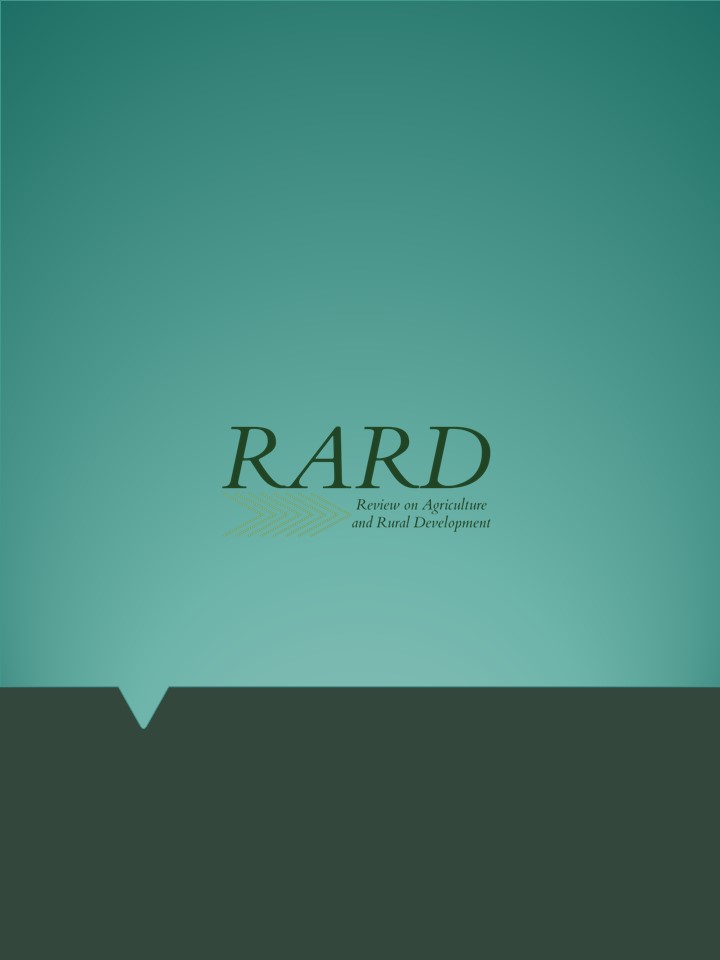Site-specific plant number control in precision sunflower (Helianthus annuus l.) production
Main Article Content
Abstract
We consider sunflower as a plant that uses the soil moisture extremely. Hybrids utilize soil water resources with varying degrees of efficiency, which is also greatly influenced by the planted number of plants. In our study, we examined the applicability of the applied precision sowing technique as a function of the number of seedlings resulting different distance between seedlings, and attempted to determine the sunflower crop density range that best fits the heterogeneous productivity zones of the given crop area. The productivity zones were created using GIS methods. For both sample areas, three well-separable zones in terms of productivity (high, medium, low) were identified. Considering the feasibility aspects of the experiment, three seedling steps were used in each fertility zone in four replicates. Based on the results of the control of the number of plants and the distance between the plants, the accuracy and applicability of the sowing technology decreases inversely with the increase of the number of seedlings. In areas with high and medium productivity, moderately increased number of seedlings resulted higher yields, while in low productivity zones, moderately reduced density did not result lower yields than base planting. The thousand grain weight decreased significantly with increasing the number of seedlings, while the oil content increased significantly with increasing the number of seedlings in each productivity zones.
